
rainforests, indris & aye-ayes


This time we adventure to eastern Madagascar, in our four-part series on this wondrous island. See the resources section at the end of this story for the other three stories in the series.
For the last 88 million years, life on Madagascar has been on its own – creating an island of evolutionary oddities and myriad diverse travel experiences. Sometimes referred to as a “Noah’s Ark” or the “eighth continent” due to its geographic isolation and high levels of endemism, the island of Madagascar is, simply put, enormous. It is approximately 587,000km2 (around two and a half times the size of the United Kingdom). A combination of ocean currents and dramatic topography has created a tapestry of different climates and habitats perfectly suited to the island’s peculiar inhabitants (or the other way round).
The island is home to over 300 recorded birds (60% of which are endemic) and 260 species of reptile – including two-thirds of the world’s chameleon species. There are over 110 species of lemurs spread throughout Madagascar’s protected areas, in a variety of shapes and sizes but all possessing a shared, wide-eyed charisma. Six of the world’s eight baobab species occur only in Madagascar. All in all, the natural history is unique, shaped by the fascinating and beautiful, isolated island habitats.
In an ideal world, a trip to Madagascar would extend over weeks to give the curious traveller every opportunity to explore the magnificent island. Realistically, however, time is usually limited and deciding where to invest one’s attention is guaranteed to create a significant traveller’s quandary. This four-part series is intended to help guide this decision.

Eastern Madagascar
Madagascar is an island divided, split just off-centre by an arched spine of mountains that runs from north to south. The arid highlands sit astride the central plateau to the west before gradually descending to the sea – a palette of browns and yellows decorating sharp scenery and thorny plants. The eastern part of the island could not be more different. Tropical rainforests, resplendent in green, are the dominant vegetation type. Although these forests cover just a fraction of their historic range due to human encroachment, this emerald corridor is home to an estimated 50% of Madagascar’s biodiversity.
Away from the capital city Antananarivo (Tana) and the main tourist attractions, journeying through eastern Madagascar is a step back in time to an era before convenience and accessibility became a tourism mantra. This is where the best travel tales are made – stories of adventures to a remote idyll on the back of an ancient motorbike or in a local pirogue (dugout canoe), arriving sweaty, dusty, and elated. Of course, this is entirely at the traveller’s discretion, and there are easier ways to access some of the more popular tourist haunts in the east.
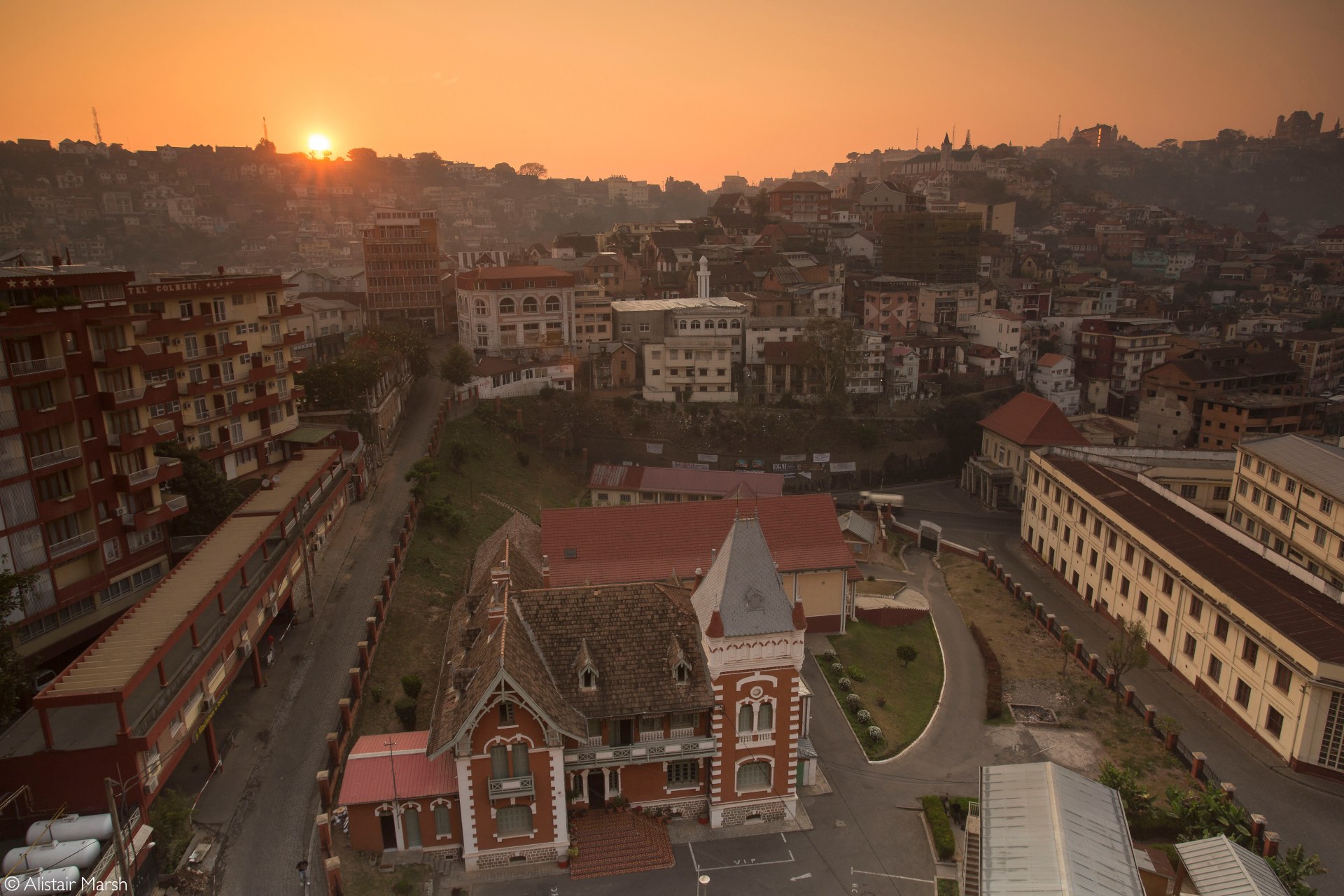

Andasibe-Mantadia National Park
When it comes to the wildlife viewing that Madagascar is famous for, Andasibe-Mantadia National Park (see cover image above) – formerly known as ‘Perinet’ – is one of the most important ports of call. With its plethora of fantastic beasts and easy accessibility from Tana, it is one of Madagascar’s most famous national parks. It consists of two halves: the Analamazaotra Special Reserve and the Mantadia National Park, which protect around 155km2 of precious rainforest. Historically, Analamazaotra was part of Mantadia, but logging and agriculture have isolated the two regions.
Most visitors to Analamazaotra are there to see the vocal and critically endangered indri – the largest of all living lemur species. The indri is only found in the forests of eastern Madagascar, and Andasibe-Mantadia is the best place to view them. These extraordinary creatures look something like a cross between a panda and a monkey and they fill the forests with haunting, unearthly howls. Local legends tell of a time when two brothers separated – one to become human, the other the indri. The cry of the indri, say the stories, is because they still mourn their lost sibling. However, it is well worth remembering that sacred or not, they too are subject to the demands of the physical realm and standing directly beneath them for the perfect photograph may result in an unexpected shower or worse. (This word of warning applies to all lemur sightings.)
In addition to the indri, Andasibe-Mantadia is home to at least 11 other lemur species (scientists regularly discover new lemur and chameleon species in Madagascar). These include the glamorous, limber diademed sifaka and the adorable nocturnal woolly lemurs. Like all national parks in Madagascar, the trails can only be explored in the company of a guide supplied by the park, but this will only make the trip more rewarding. Their expert direction will reveal the hiding spots of secret creatures and bring the magic of the forest to life, from tiny brightly coloured frogs to spikey tenrecs mammals that resemble hedgehogs but belongs to their own family, endemic to Madagascar.
While wandering along leafy trails to tumbling waterfalls, visitors can keep their eyes peeled for the flutterings of endemic bird species like the Madagascar yellow-brow, Madagascar wagtail or even the Madagascar serpent-eagle. Andasibe is also a good place to see Madagascar snipe, brown mesite, brown emutail, and white-throated oxylabes.
Timing a trip between September and January will mean that bright colour splashes decorate the forest as the hundreds of orchids burst into bloom.
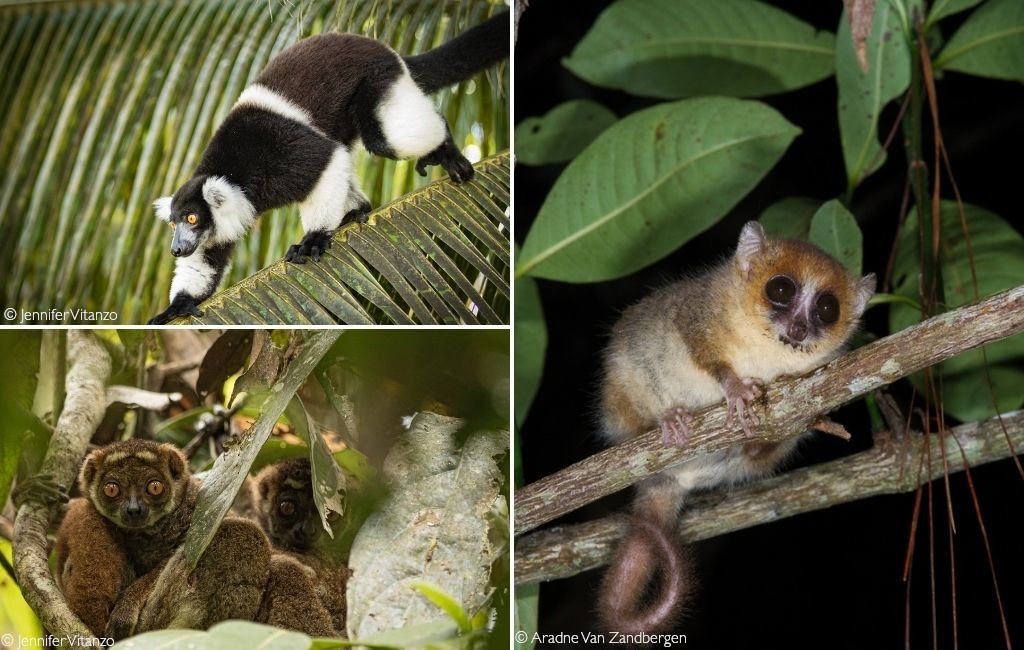
Misty mountains of Masoala and the forests of the east
Extending over 2,300 km2 of the island’s north-eastern peninsula, Masoala National Park is Madagascar’s largest protected area. Famously biodiverse, Masoala is well and truly off the beaten track and accessible only by boat (or on foot for adventurous hikers with time to spare). Consequently, those who do make the journey are usually rewarded with a piece of paradise all to themselves. The park includes three separate marine sanctuaries, the Nosy Mangabe Special Reserve (see below) and sections of the Antongil Bay, while the terrestrial portion covers a mosaic of tropical rainforest, lowland forest, coastal forest, mangroves and marshes.
The captivating red-ruffed lemurs are found only in the rainforests of Masoala. These hefty lemurs play a vital role in dispersing the seeds of tropical hardwoods and are critically endangered due to habitat loss. Most of the park’s other lemur species are nocturnal, so a night walk accompanied by the swooping silhouettes of massive bats is an integral part of the exploration.
[For a more detailed account of Masoala National Park, read Magnificent Masoala.]
Maosola National Park is part of the Rainforests of the Atsinanana UNESCO World Heritage Site – a serial property composed of six national parks protecting relict forests in Madagascar. The other five parks are Marojejy National Park (not far from Maosola), Zahamena National Park, Ranomafana National Park, Andringitra National Park, and Andohahela National Park. The parks run from north to south along the eastern escarpment and support some of the most threatened plant and animal species on the island. These biodiversity hotspots are bursting with colour and life, from silky sifakas and red-bellied lemurs to Madagascar red owls and helmet vangas.
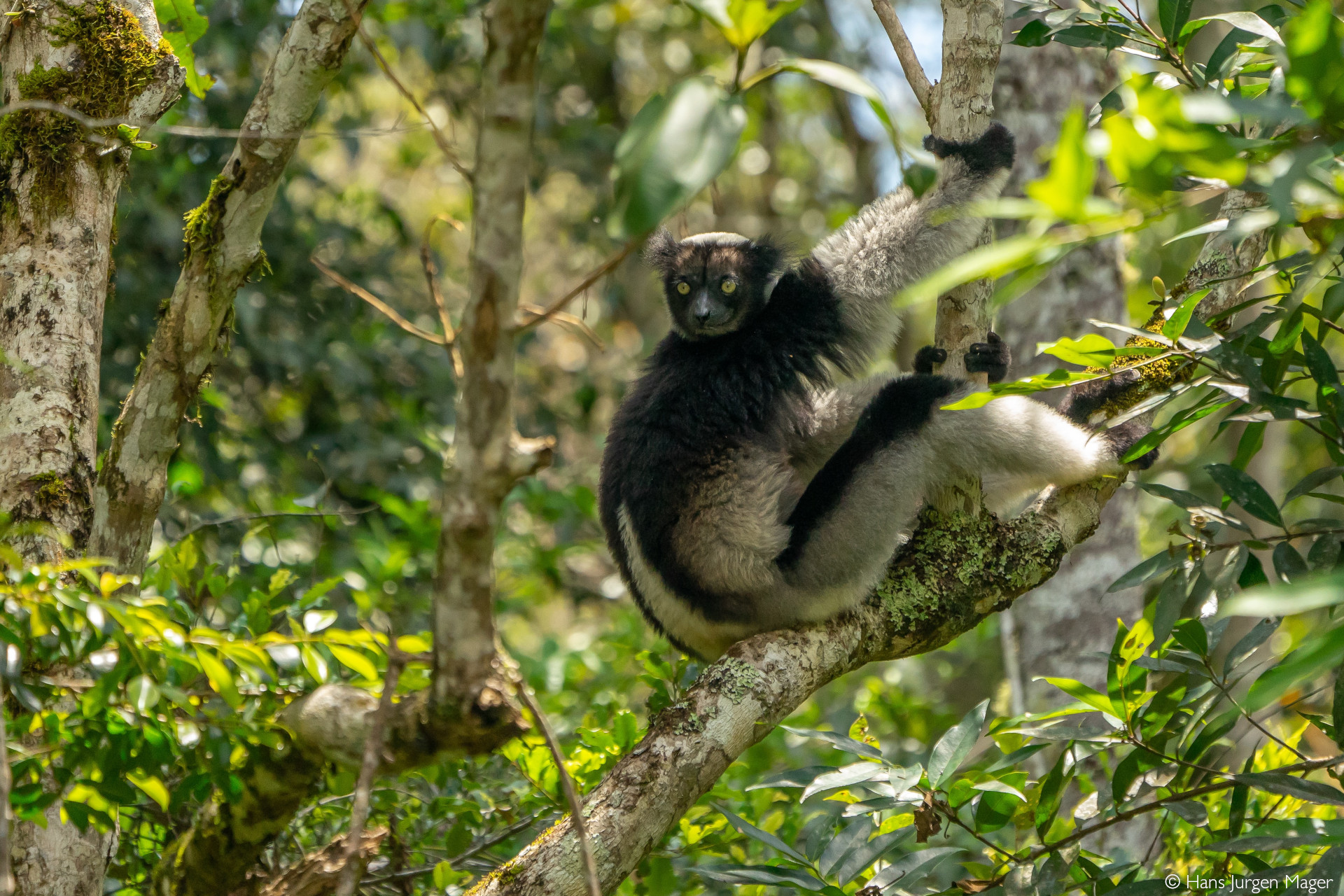
Nosy Mangabe
Just off the coast in Antogil Bay, the mountainous terrain of Nosy Mangabe swells up out of the murky green waters of the cove. It is the kind of setting deserving of a Hans Zimmer soundtrack, complete with a rum-drunk pirate wielding a cutlass and chasing his hat across the sand. Indeed, Nosy Mangabe is steeped in a rich history of trade and piracy. A rusty shipwreck stands guard at one of the coves and Dutch sailors of the 16th century scraped doodles into the rocks.
Today, the island is uninhabited but for a campsite that serves as a base for researchers and tourists. The dense forest is one of the best places in Madagascar to see the endangered aye-aye, a nocturnal evolutionary oddity designed by nature to fill the ecological niche of a woodpecker. With their long fingers and scraggly fur, these bizarre-looking lemurs were almost wiped out entirely due to an unfortunate belief that they are harbingers of evil and bad luck. The population inhabiting Nosy Mangabe was introduced to the island during the 1960s as a conservation initiative, and they have flourished ever since. Nosy Mangabe also boasts one of the largest populations of the fascinating leaf-tailed gecko – a creature with a genuinely spectacular camouflage strategy.
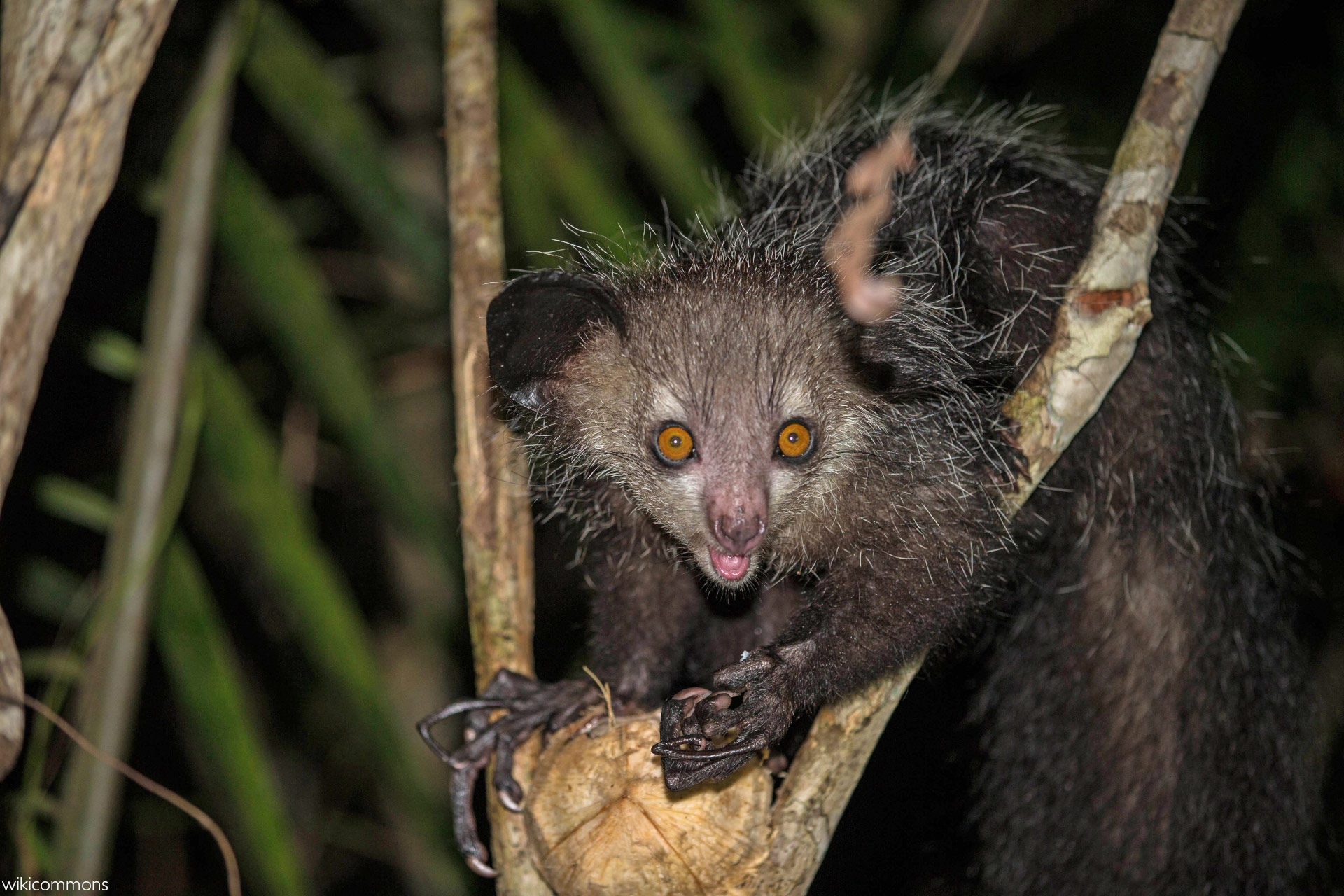

Whales, beaches, and reefs
True to form, the beaches of eastern Madagascar are as lush and wild as the interior – a tropical paradise Robinson Crusoe style. Far from the calm and sheltered west coast, the seas here often crash and tumble onto palm-fringed beaches and at certain times of the year, swimming in the rough seas is ill-advised. The weather can be unpleasant, and cyclones regularly batter the region from January to March each year. However, when timed correctly, there are sections of calm where shallow turquoise waters and laid-back coastal towns offer holidaymakers a piece of paradise – often cheaper and more secluded than the more popular northern islands.
Nosy Boraha (formerly Île Sainte-Marie) is a long narrow island that lies off Madagascar’s east coast. Like Nosy Mangabe, Nosy Boraha was once a notorious pirate hideout. The savage ocean claimed several buccaneer ships, and experienced divers can now explore which sea creatures have made themselves at home in the sunken wrecks. On the island, a forlorn-looking pirate graveyard dates back to the 17th century.
Every year, from July to September, humpback whales travel through the calm, sheltered channel between Nosy Boraha and Madagascar on their way north to calve (often in Antongil Bay).
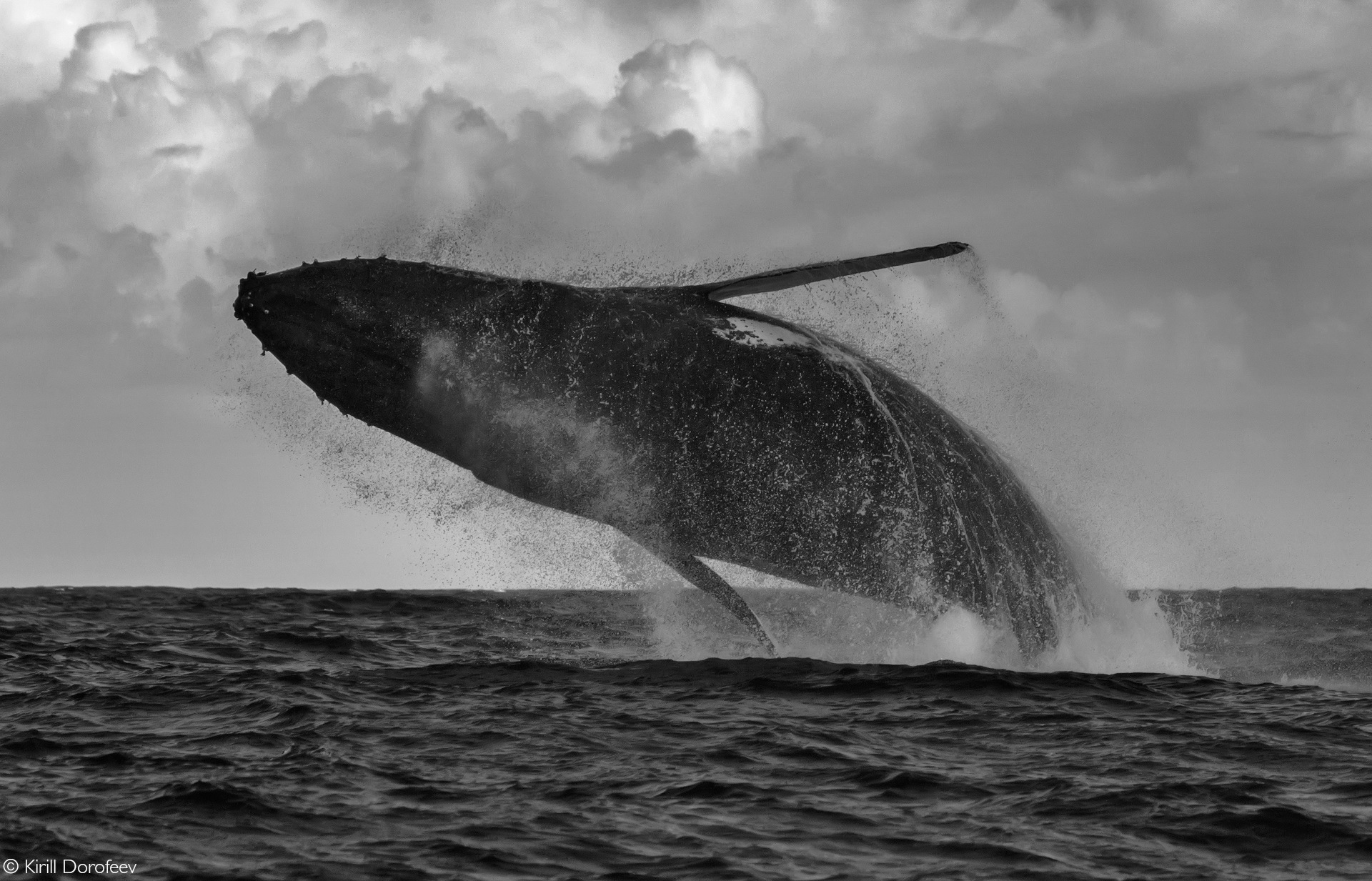
The Pangalanes Canal and the Palmarium Nature Reserve
Further south, the Pangalanes Canal links a series of lakes, rivers, and waterways from Tamatave to Farafangana – a distance of over 645km along the coast parallel to the ocean. Used by locals as a sheltered transportation route, it passes through small towns and villages that have changed little in the past hundred years. Apart from the opportunity to observe traditional Madagascan life, a highlight for most visitors along the canal is the Palmarium Nature Reserve, which is home to several different species of highly habituated lemurs.

The ins and outs of exploring Madagascar
Madagascar’s tropical climate is typically enjoyable all year round, though the wet season runs from November to March, usually with minimal winds. February carries the highest risk of fierce tropical cyclones, which tend to batter the east coast particularly viciously. The cooler dry season from April until October alleviates the worst of the oppressive heat, particularly when hiking on the islands or through the humid forests.
There are plenty of budget and camping opportunities in or near all of the destinations mentioned above. It is advisable to travel in Madagascar with a reputable company, but it is possible to hire a car to drive between the various attractions. The roads are bad, particularly during the wet season, and a 4 x 4 is essential. The only major exception to this is the Andasibe-Mantadia which is easily accessible from the vibrant capital Tana.
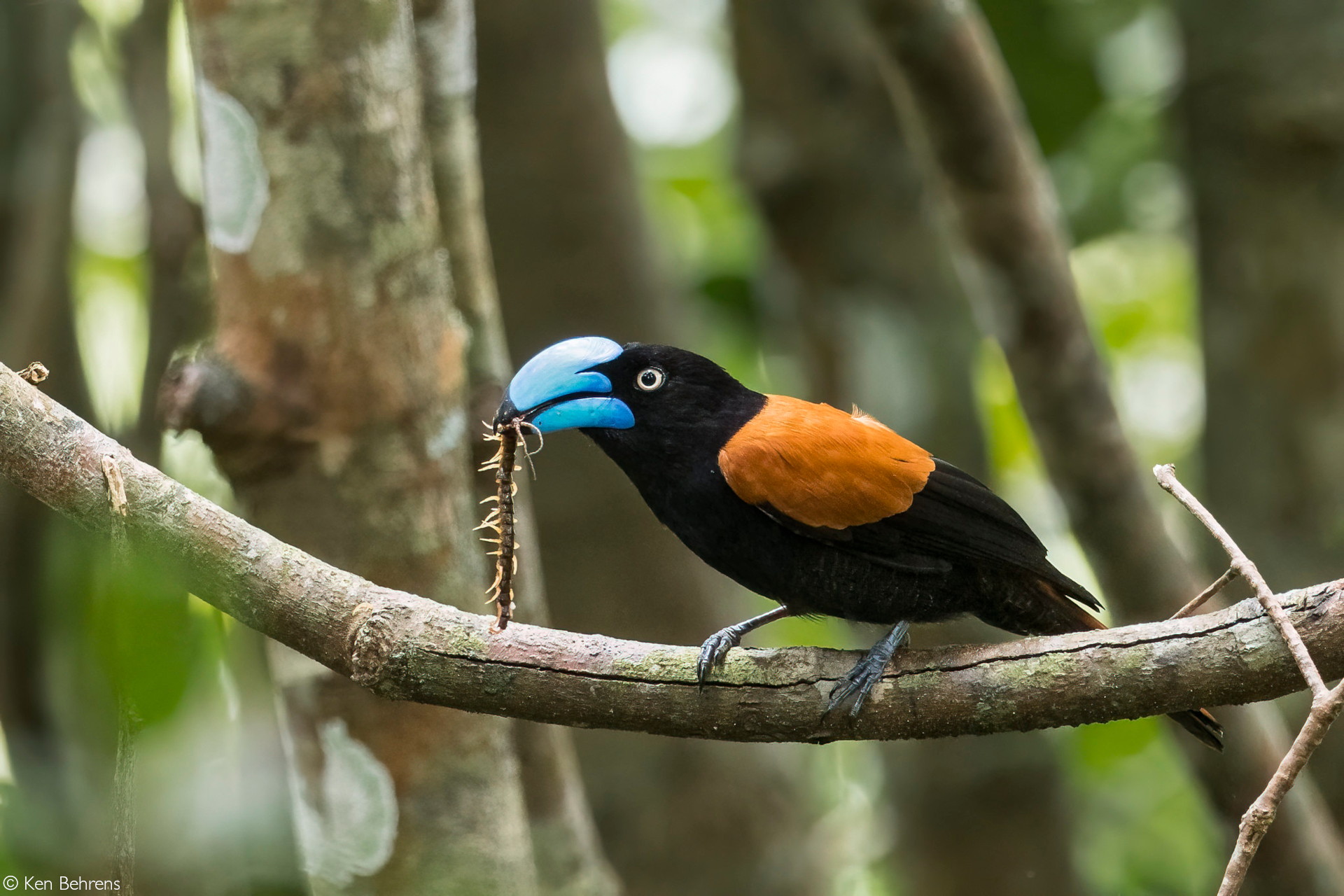
Final thoughts
Madagascar is a fantastical land – a natural evolutionary playground and a human kaleidoscope of cultural influences. Remarkable, offbeat, and enticing, this magical island offers an intoxicating combination of unique wildlife viewing and magnificent scenery. There is far more to Madagascar than our series could ever hope to convey, but there is no question that it is a country with something to offer everyone. Our travel consultants are always on standby to help you plan the Madagascan holiday of your dreams.
Want to go on safari to Madagascar? To find lodges, search for our ready-made packages or get in touch with our travel team to arrange your safari, scroll down to after this story.
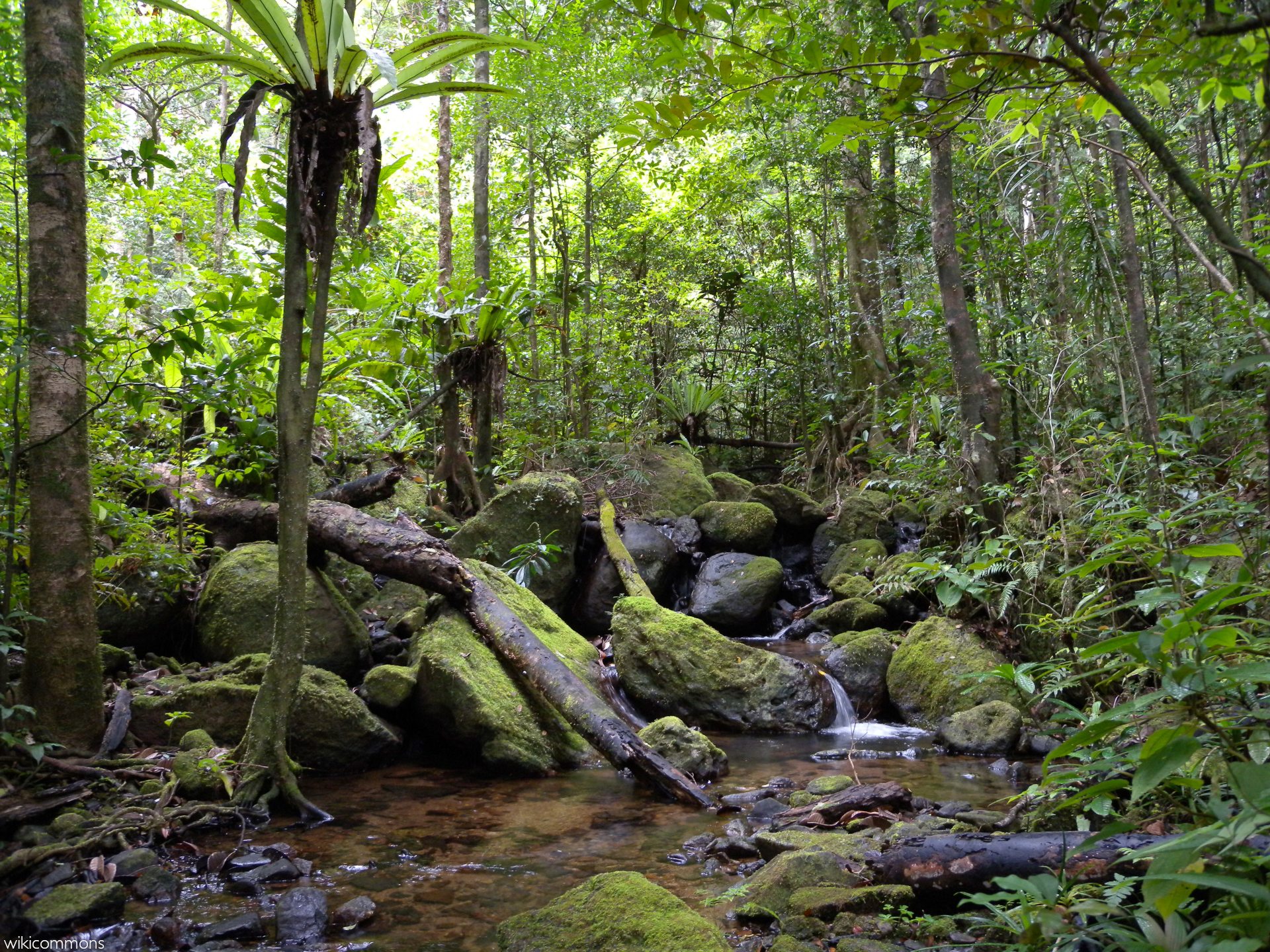
Resources
Photographers:
Ken Behrens is a birder, naturalist, consultant, guide, and photographer, who is based in Madagascar. He is the co-author of several books, including Wildlife of Madagascar. His work can be seen at ken-behrens.com
Alistair Marsh’s photography can be seen and purchased from www.alastairmarsh.co.uk

To comment on this story: Login (or sign up) to our app here - it's a troll-free safe place 🙂.![]()






